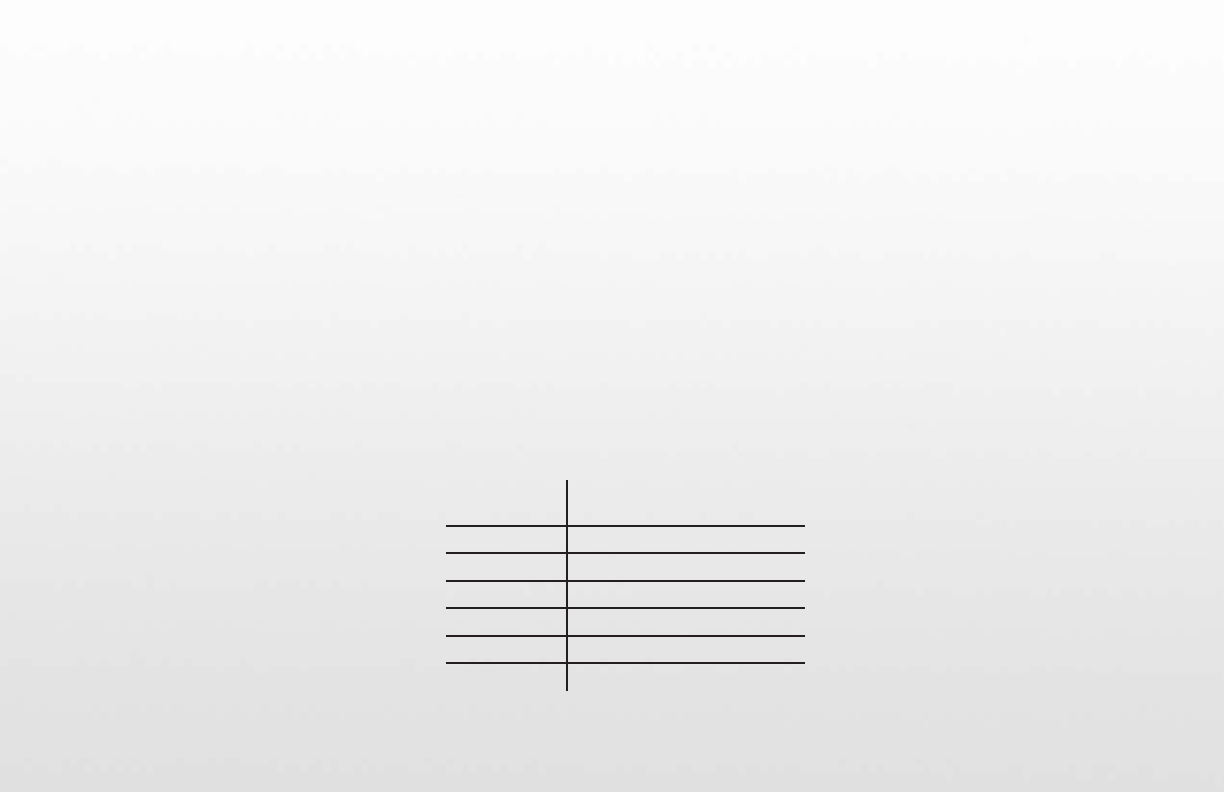Specification Sheet

Flow is the volume of compressed air traveling through an air line during a given period of time. Flow is measured in cubic feet per minute (cfm). In general,
higher flow requires an increased capacity (larger horsepower) air compressor. In general, increasing the amount of flow may require a larger capacity
(larger diameter) air line. The electrical equivalent of flow is amperage.
Thrust is the effective force produced by an air nozzle and is generated from the combination of air pressure and air flow. Thrust is measured in pounds (lbs)
and the higher the thrust, the more excavation force available. The electrical equivalent of thrust is wattage.
How does AirSpade work?
The patented supersonic nozzle in the AirSpade turns compressed air into a high-speed, laser-like jet moving at twice the speed of sound; Mach 2.
All of the energy and momentum of this air moving at approximately 1,200 mph is focused on the soil, dislodging it in a fraction of a second. Soil is an
unconsolidated assemblage of solid particles that may or may not contain organic matter. The voids between the particles are occupied by air and/or water.
The aggregate nature of soil aids the ability of the compressed air to fracture it; while stronger materials and ones that are not porous like metal or plastic
pipes, cables, or even tree roots remain unaffected.
What size air compressor do I need to properly run my AirSpade?
Tow-behind air compressors typically have model numbers that nominally describe their air capacity measured in cubic feet per minute (cfm) at a pressure of
100 pounds per square inch (psi). For example, a “185 compressor” delivers 185 cfm at 100 psi. AirSpade nozzles are designed to optimally operate at 90
psi and are designated by the volume of air delivered at 90 psi. Six nozzle sizes are available to cover the size range of most tow-behind compressors.
Recommended Compressor Size
Nozzle Size
(scfm)
Minimum Compressor Size
(scfm @ 100 psig)
25 25
60 60
105 125
150 175
225 250
330 355
[27]










